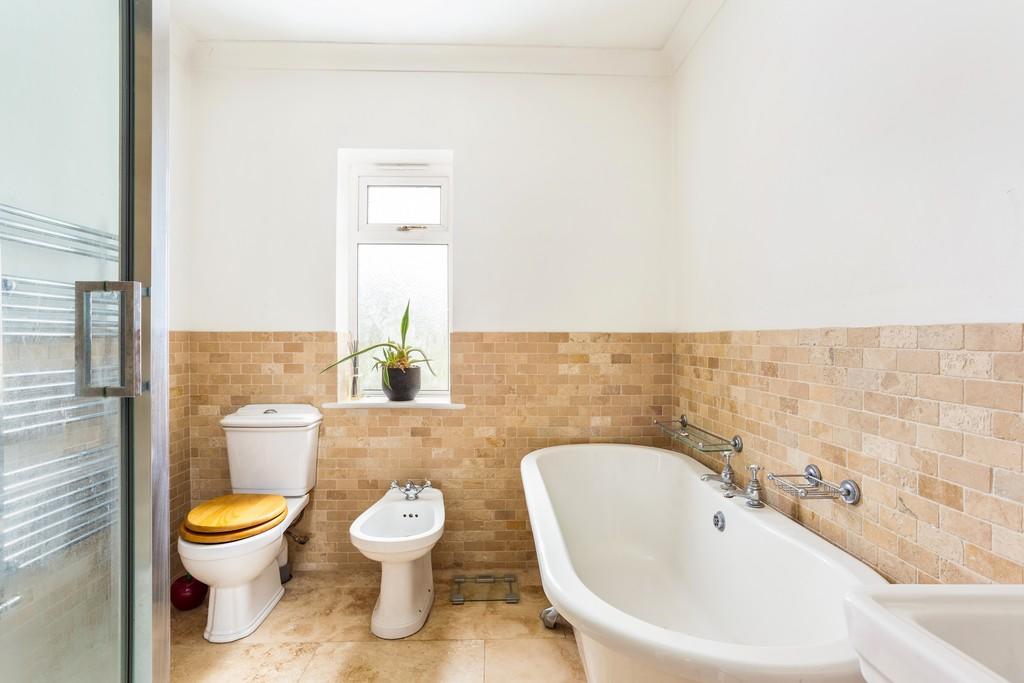Water Neutrality
What is Water Neutrality?
Water Neutrality was conceived to indicate the need to reduce the overall water consumption and demand on our natural water resource.
The refined definition of water neutrality is “for every new development, the predicted increase in total water demand in the region due to the development should be offset by reducing demand in the existing community” (Environment Agency, 2009).
How to achieve water neutrality
There are 3 main steps you can take to achieve water neutrality, which are as follows:
- Using water efficient equipment and flow restrictors to reduce water usage for the proposed development.
- To incorporate recycling systems such as rainwater harvesting and greywater recycling.
- The remaining demand for excess water can be offset through other properties in the local region
The calculations to prove water neutrality are carried out using either the Part G water calculator or BREEAM Wat 01 Calculation tool.
Why do you need it?
To address ongoing environmental and developmental challenges, achieving Water Neutrality remains crucial due to risks associated with water supply abstraction.
Therefore, more local authorities, particularly those in the Sussex North Water Supply Zone (covering parts of Chichester, Horsham, and Arun areas of the SDNP), will require and assess Water Neutrality Statements for new development proposals.
